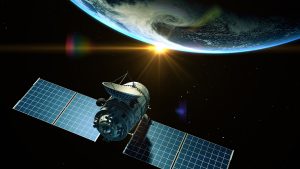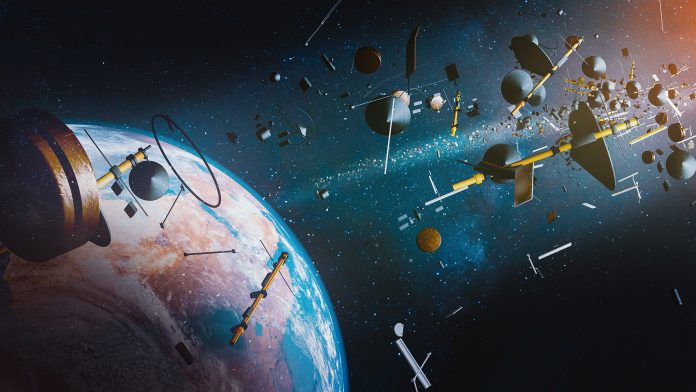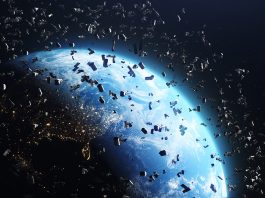A set of guidelines which are targeted at removing space junk within the next five years has been released by the World Economic Forum (WEF).
The plans for removing space junk include working with major satellite operators to reduce the creation of orbital debris. The guidelines state this can be done by limiting the lifetime of satellites in orbit after they have completed their missions and improving coordination among operators.
It will also be important to ensure policymakers, investors, and customers understand that the sector must be more mindful and careful about operating in space.
World leaders will need to adopt more ambitious and sustainable approaches with regard to a mission’s operations, such as how to perform and communicate debris avoidance manoeuvres with other missions nearby and how to plan for end-of-life operations within certain safety levels.
The dangers of space debris
Space-related technologies are pivotal to the development of society. This expansion has allowed people in remote areas to access the internet and powered tech innovations like connected cars.
We can better monitor and understand our changing climate thanks to improved and more numerous Earth observation satellites.
However, satellites are the biggest cause of orbital debris, and removing space junk from the atmosphere is a huge challenge.

There are around one million pieces of large debris circulating the atmosphere. They travel several times faster than a bullet, and a collision between the debris or with active satellites could be devastating, destroying entire missions or creating large new debris fields.
How can we start removing space junk?
The WEF guidelines set ambitious goals, including specific percentages for post-mission disposal success rates and a target number of years an object should remain in orbit at the end of its life.
Kai-Uwe Schrogl, Special Advisor for Political Affairs at the European Space Agency, commented: “These recommendations are an important step for the space sector and which will effectively support the eventual goal of Zero Debris.”
An updated version of previous guidelines, the document also states we can start removing space junk by:
- Increasing collaboration between industry and government;
- Increasing transparency between industry and satellite operators;
- An acceleration of technologies and practices for the disposal of spacecraft at end-of-life; and
- Removing space junk already in orbit.
Stephane Germain, CEO of GHGSat, stated:
“The global space-faring community needs to address the debris issue before the orbital environment becomes unusable.”
Are these targets achievable?
These latest recommendations highlight the urgency to address the issue of space debris. Paul Kostek, IEEE senior member and systems engineer at Air Direct Solutions LLC, has commented on how achievable targets for removing space junk are.
He explained: “2023 has been a landmark year for space. However, the huge surge in the construction of satellite constellations in low Earth orbit (LEO) presents serious logistical challenges, many of which operators may not have encountered before.
“This includes the allocation of frequencies for these systems and overall traffic management and managing the increasing volume of small satellites as they reach the end of their life span.
“Discussions are needed on managing the ever-growing amount of satellite traffic and debris, especially as the number of space users grows.”
He concluded: “Some companies are already exploring the creation of vehicles to send to space, to refuel and move satellites to extend their lives.
“However, future satellites and arrays will need to be designed to address debris issues in mind, such as changes to the orbit, whilst also being capable of operating if any damage does occur, such as damage to the modular systems.
“This could be addressed by implementing Space Traffic Management (STM), which could prevent collisions and limit the generation of new debris. However, as highlighted by the WEF, despite the urgency, this takes time.”
The space sector brings tremendous benefits to all, especially in the field of emerging technologies. We need to create a safe and sustainable operating environment and tackle removing space junk if humankind is to continue reaping these benefits for generations to come.









